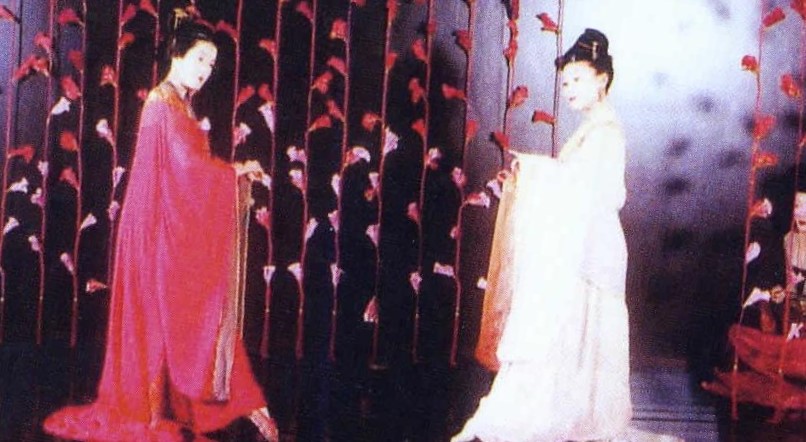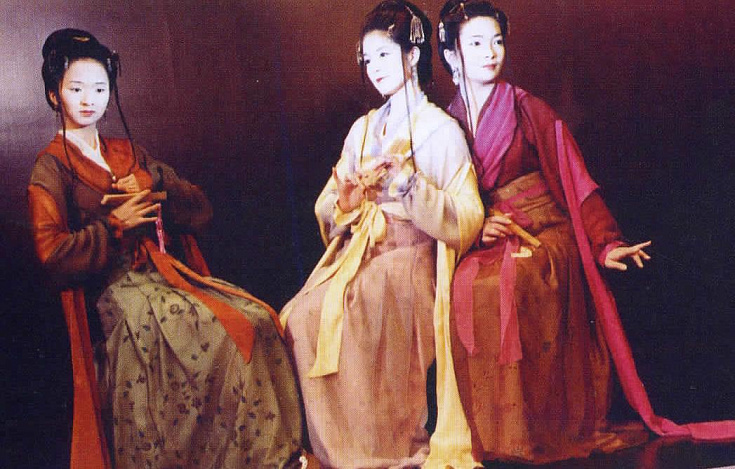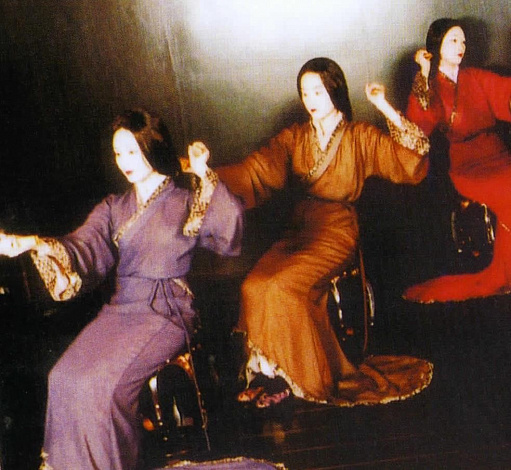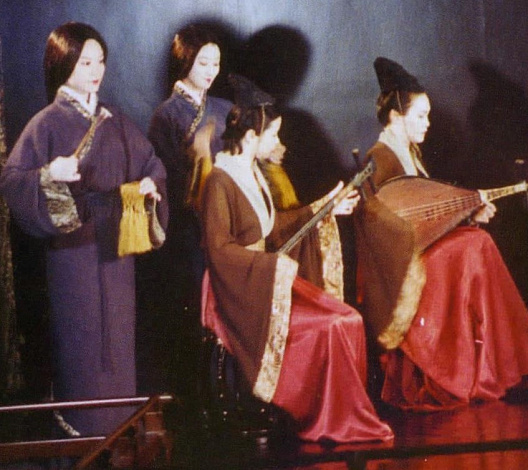| Dancers: | Shiao Ho-weng, WangTsu-chun, Wo Ri-chun, Tu Pei-chun. Wang Shin-I, Wang Chang-yin |
| Musicians: | Chen Lun-chi, Kao Chin-chin, Hsu Shu-hui |
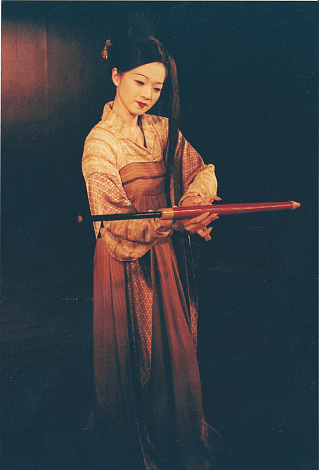

Han Tang Yuefu. The Han-Tang Yuefu Music Ensemble (HTYF) was founded in 1983 by Miss Chen Mei-o of Nankuan (“Southern Winds”). Its purpose was to confirm the major role of Nankuan in the history of Chinese music, to trace the origins to its earliest sources, and to train singers and instrumentalists in the proper art of performing Nankuan music and, while energizing the lifeblood of this ancient tradition and rescuing it from the brink of oblivion.
The productions of Han Thng are marked by clearly defined scholarly goals, a spirit of in- depth cultural probing, distinctive ethnic characteristics, rich legacies in classical art, and highly polished performance techniques. All these together have contributed to Han Tang's refined and superior elegance. For more than ten years, as they performed this ancient music at centres of higher learning worldwide, Han- Tang Yuefu have earned international renown and admiration at various art festivals in Europe and Asia, winning high praise everywhere.
In preserving the essence of the ancient Nankuan tradition, HTYF also elaborated upon the Liyuan Xi or “Musical Theatre of the Pear Orchard”, a branch of southern music popular during the Song and Yuan dynasties (12th-14th centuries). Here, in the telling of a tale, deeply introverted Nankuan music is wedded to highly refined songs and subtle modem movements inspired by the ancient tradition of Liyuan music. Establishing their “Liyuan Dance Studio", the troupe created programmes of classic musicals that are traditional in spirit but contemporary in form. Expressing continuity in the ideal “contemporary music is ancient music; ancient music is contemporary", it is hoped that such living traditions will firmly implant the music of the Han people on the global stage. It is Hantang’s constant goal to “recreate tradition by being rooted in tradition”.
Liyuan Dance. The Liyuan (Pear Orchard) Opera originated from the song-and-dance music of the “Pear Orchard Studio” which flourished during the Tang dynasty, when it was already considered a deeply antique tradition.
Pear Orchard pieces include “Girl Pupils’ Dance,” and for boys the “Children Band’s Dance.” These pieces set their pitch according to the transverse flute, and are therefore two notes higher than the basic Qing mode, with a brilliant high tone suitable for young children's delicate and untrained voices. The “Regulation Mode of the Qing Music” itself was pitched by the vertical flute which, with its soft and pliant melodious quality, is suited for the resonant emotions of the mature voice. Its usage and regulations survive today in Nankuan music as well as in Pear Orchard pieces. During the Qing dynasty troupes from Quanzhou’s Pear Orchard came often to perform in various areas of Thiwan, and were profoundly loved by the Thiwanese who shared with them the same language, the same ethnicity and dialect.
During the Japanese occupation (1895-1945), local Thiwan artists began to imitate Pear Orchard pieces, significantly altering pieces or creating new works, winning a great deal of popularity. Because their titles were all culled from Nankuan music, the pieces were commonly called Nankuan Opera, or Gaojiaxi (‘Tall Armour Shows”), replacing to this day the original name of Pear Orchard Drama.
